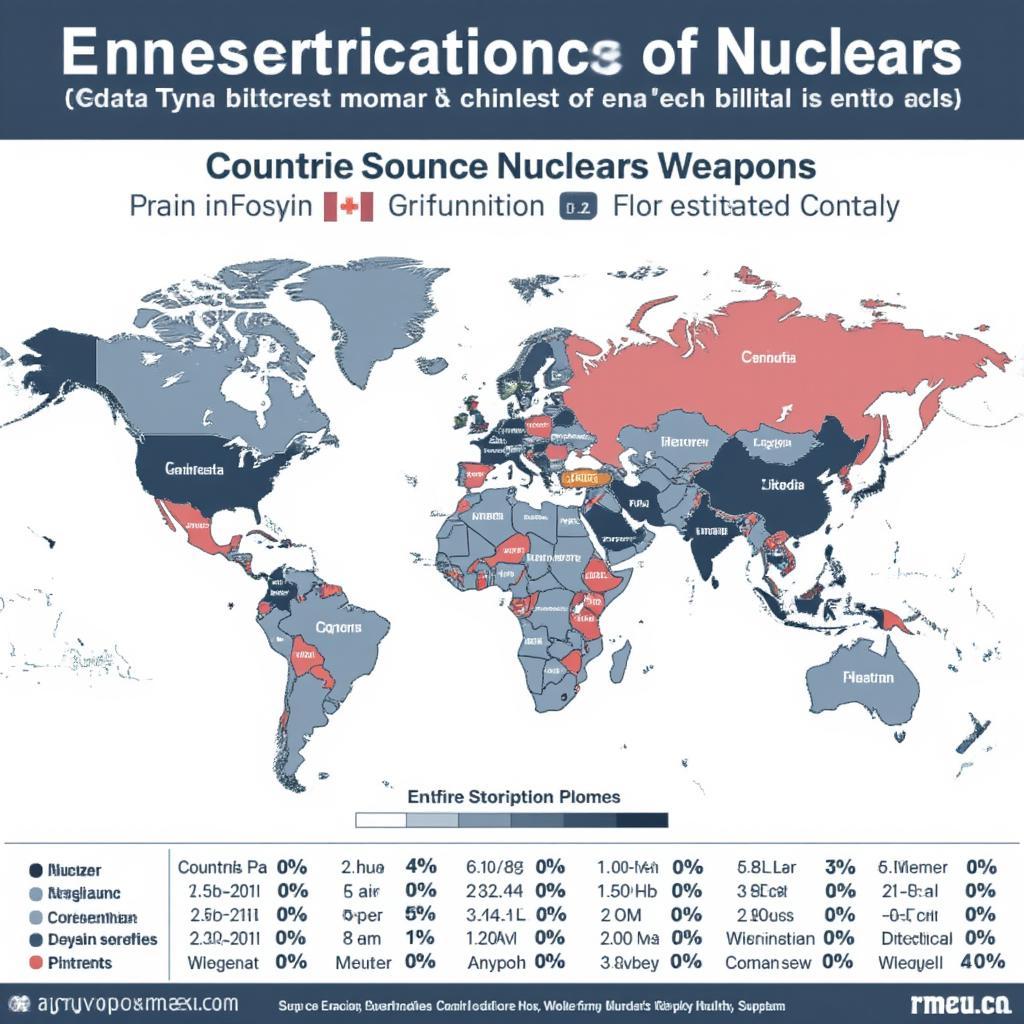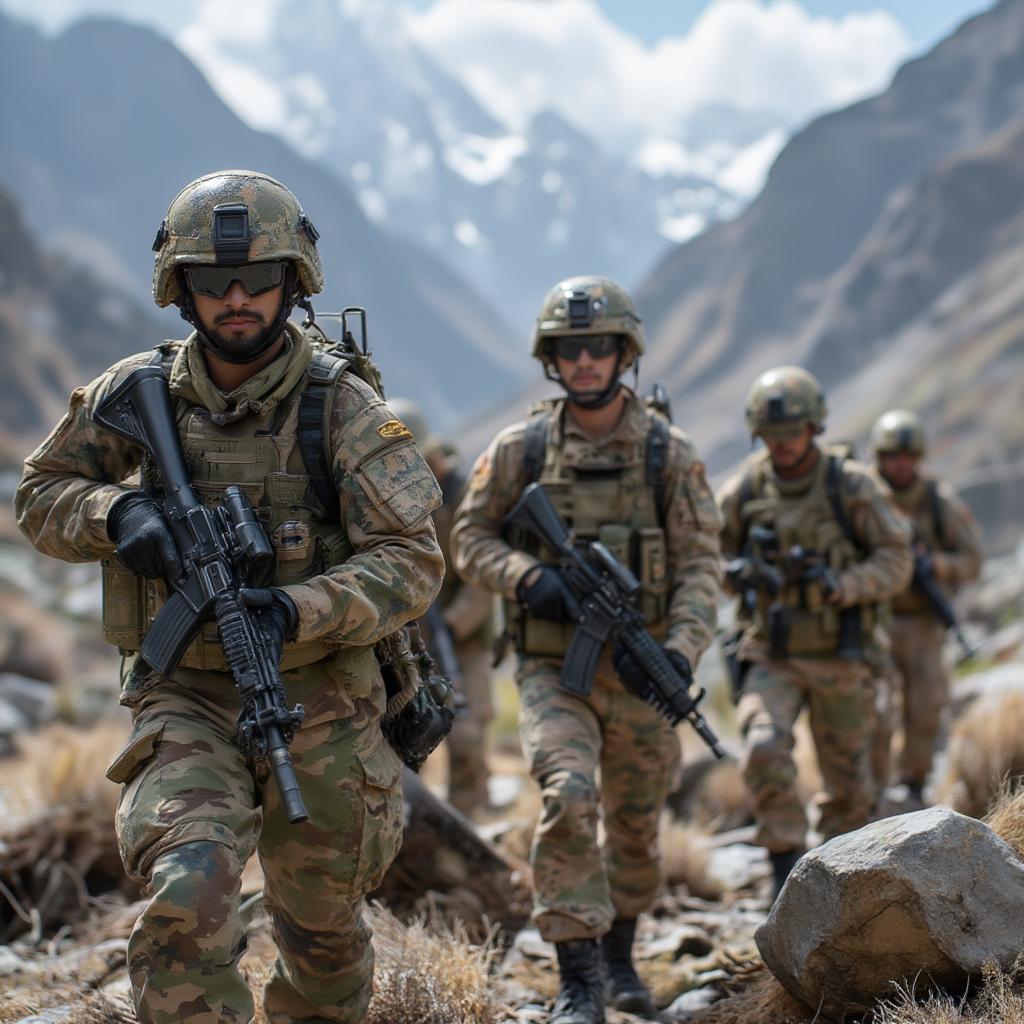Most Powerful Military in the World 2020: A Comprehensive Analysis

The year 2020 witnessed significant geopolitical shifts and military advancements, raising questions about which nation possessed the most powerful military. Determining military strength involves analyzing various factors beyond just troop numbers, including technological advancements, budget allocation, and geopolitical influence. This comprehensive analysis will delve into the key players vying for global military supremacy in 2020.
Military Spending and Technological Superiority: Key Indicators of Power
Military might is often directly correlated with a nation’s economic strength. Higher defense budgets allow for investments in cutting-edge technology, advanced weaponry, and extensive training programs. In 2020, the United States maintained its position as the world’s largest military spender. This financial commitment enabled substantial advancements in areas like artificial intelligence, cyber warfare, and hypersonic missile technology, contributing significantly to its overall military power. China, with the second-largest defense budget globally, also made significant strides in modernizing its armed forces, focusing on naval expansion and developing its own advanced weaponry.

The Role of Nuclear Capabilities in Global Power Dynamics
Nuclear weapons remain a critical factor in assessing military strength. While the concept of mutually assured destruction (MAD) has prevented large-scale nuclear conflict, the possession of a robust nuclear arsenal acts as a significant deterrent and projects global power. In 2020, the United States and Russia maintained the largest nuclear stockpiles, followed by China, France, and the United Kingdom. These nations’ nuclear capabilities significantly impacted global power dynamics, shaping international relations and influencing geopolitical strategies.
Conventional Forces: Assessing Strength Across Land, Sea, and Air
Beyond nuclear capabilities, evaluating conventional forces provides a crucial lens for understanding military strength. The United States boasted a technologically advanced and highly trained military across all branches in 2020. Its air force, with a vast fleet of fighter jets and strategic bombers, maintained global reach and air superiority. The US Navy, with its numerous aircraft carriers and sophisticated submarine fleet, projected power across the world’s oceans. The army, while smaller than some other nations, possessed advanced equipment and extensive combat experience.
Military Readiness and Training: Honing the Human Element
Advanced weaponry and technology are only as effective as the personnel operating them. Military readiness, encompassing training, morale, and leadership, is a vital component of military power. In 2020, nations like the United States, Israel, and the United Kingdom placed significant emphasis on rigorous training programs and maintaining high levels of combat readiness among their troops. These investments ensured their military personnel were prepared for various operational scenarios and could effectively utilize their advanced equipment. “Investing in continuous training and maintaining high morale are crucial for ensuring a military force can effectively respond to any challenge,” states Dr. Emily Carter, a leading military strategist at the Institute for Global Security Studies.
Geopolitical Influence and Alliances: Power Beyond Military Hardware
Military power extends beyond weaponry and troop numbers; it is also significantly shaped by a nation’s geopolitical influence and its network of alliances. In 2020, the United States leveraged its extensive network of alliances through organizations like NATO to project power globally and coordinate military operations. Similarly, Russia’s strategic alliances and military interventions in regions like Syria played a crucial role in expanding its geopolitical influence.
The Rise of Cyber Warfare: A New Dimension of Military Power
The 21st century witnessed the rise of cyber warfare as a critical domain in military operations. Nations with strong cyber capabilities could disrupt critical infrastructure, conduct espionage, and influence political processes. In 2020, countries like the United States, China, Russia, and Israel invested heavily in developing their cyber warfare capabilities, recognizing its growing importance in shaping the balance of power. “Cyber warfare represents a paradigm shift in military strategy,” notes General Michael Rogers, former Commander of US Cyber Command. “The ability to control and manipulate information has become a crucial element of national security.”

Conclusion: The Complex Equation of Military Power in 2020
Determining the most powerful military in the world in 2020 involves a multifaceted analysis encompassing military spending, technological advancements, nuclear capabilities, conventional forces, military readiness, geopolitical influence, and cyber warfare capabilities. While the United States maintained its position as a leading military power, other nations like China and Russia continued to modernize their armed forces and expand their global influence. The landscape of military power in 2020 highlighted the complex interplay of these factors in shaping global security and international relations. The ongoing development of new technologies and shifting geopolitical alliances continue to reshape the global balance of power. Understanding these complex dynamics is crucial for navigating the challenges and opportunities of the 21st century.




